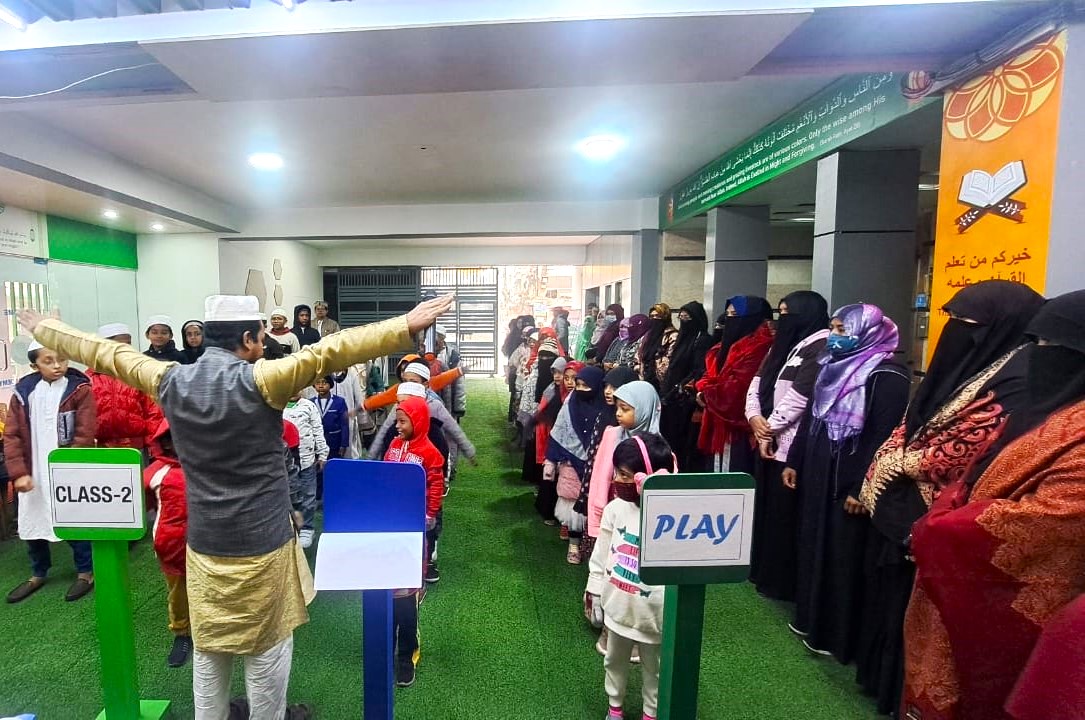Brighton Global Academy – Code of Conduct …
A school code of conduct policy outlines expected behaviors for students, staff, and sometimes parents, to create a safe, respectful, and productive learning environment. It covers areas like attendance, academic integrity, interpersonal interactions, and use of school property. The policy also details disciplinary procedures for violations.
Key aspects of a school code of conduct policy include:
- General Principles:
These establish the foundation of the code, emphasizing respect, responsibility, and a positive learning environment.
- Attendance and Punctuality:
Rules regarding excused and unexcused absences, tardiness, and leaving school grounds.
- Academic Integrity:
Addressing cheating, plagiarism, and other forms of academic dishonesty.
- Behavioral Expectations:
Defining appropriate interactions with peers, teachers, and other school personnel, including rules against bullying, harassment, and discrimination.
- Use of Technology and School Property:
Guidelines for using computers, internet access, and other school resources responsibly, as well as rules about the care and maintenance of school property.
- Dress Code:
Specifying appropriate attire for school and school events, often including restrictions on clothing deemed disruptive or offensive.
- Disciplinary Procedures:
Outlining the consequences for violating the code of conduct, ranging from warnings to suspension or expulsion.
- Reporting Procedures:
Mechanisms for students, staff, and parents to report violations of the code, including procedures for addressing concerns of child abuse or neglect.
- Safety and Security:
Rules and procedures related to safety on school grounds, including emergency procedures and protocols for handling dangerous situations.
- Parental Involvement:
Expectations for parental cooperation with the school in enforcing the code and addressing student behavior issues.


Examples of specific rules found in a code of conduct:
- Students are expected to be respectful of all members of the school community.
- Cell phones may be prohibited during school hours or require specific usage rules.
- Students are expected to attend school regularly and be on time.
- Cheating and plagiarism are not tolerated.
- Physical violence, bullying, and harassment are strictly prohibited.
- Vandalism and misuse of school property will result in disciplinary action.
- Students are expected to dress in a manner that is appropriate for a learning environment.
- Reporting any suspected child abuse or neglect is mandatory.
Importance of a Code of Conduct:
- Provides a clear framework for expected behavior.
- Promotes a positive and safe learning environment.
- Helps students understand the consequences of their actions.
- Fosters a sense of community and shared responsibility.
- Ensures consistency in addressing student behavior issues.
By clearly outlining expectations and consequences, a school code of conduct policy plays a vital role in creating a positive and productive school environment.
